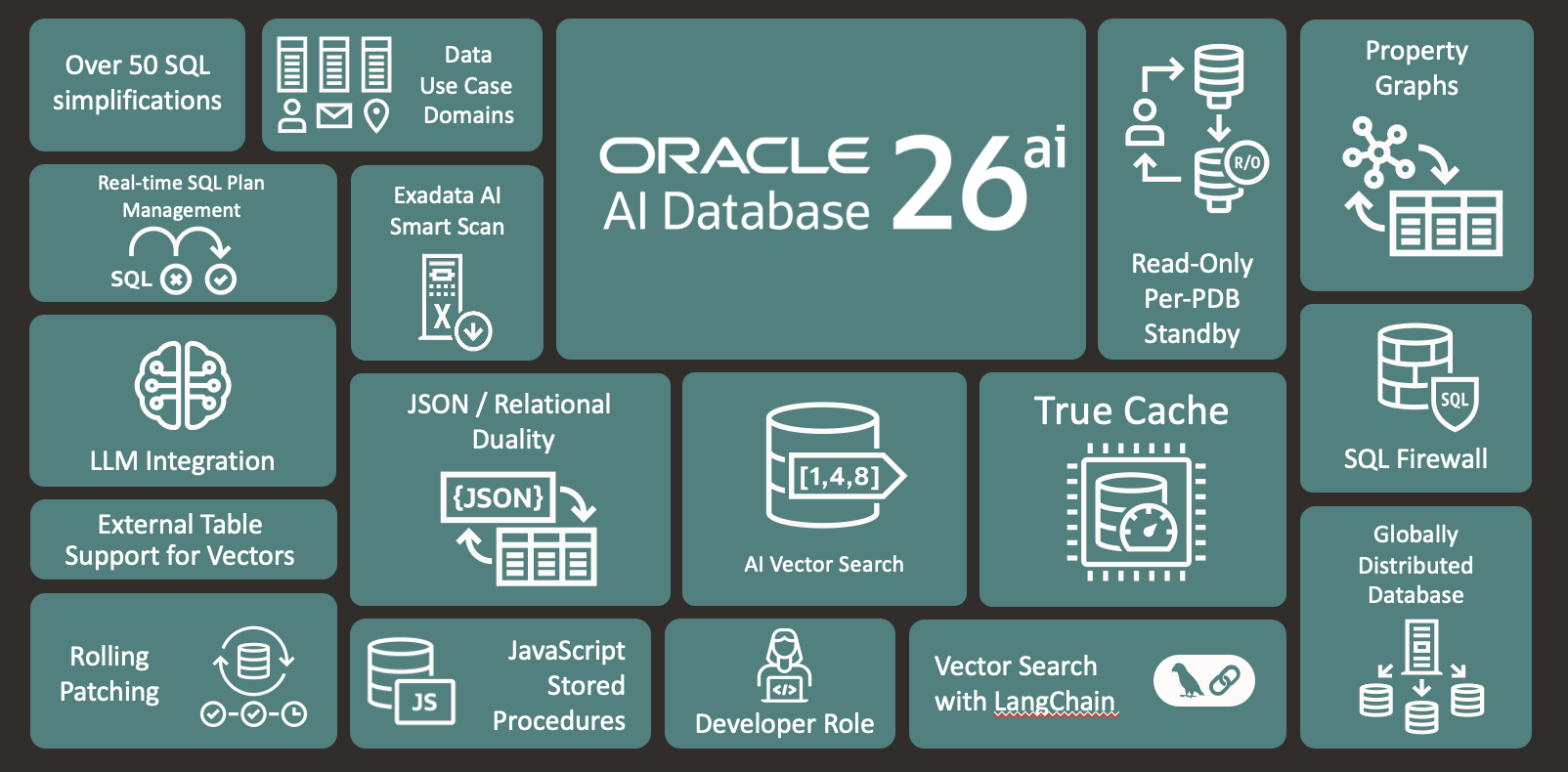Last month, Amazon held its annual AWS storage day, where the cloud provider reinforced the value of the platform while also announcing new features and services that strengthen its already strong storage portfolio. Let’s look at what the cloud giant announced.
New: File Release for Amazon FSx for Lustre
Amazon FSx for Lustre is a fully managed, high-performance implementation of the open-source Lustre parallel file system. Harnessing the scalability and robust performance of Lustre, Amazon’s offering excels in environments where rapid storage speeds and high throughput are of utmost importance.
At AWS Storage Day, Amazon announced its “file release” for FSx for Lustre, allowing users to effectively manage their data by freeing up storage space occupied by synchronized files with Amazon S3.
With file release, users can continue writing new data to the file system while retaining the ability to access released files on-demand through FSx for Lustre’s lazy loading from Amazon S3. To use this feature, users specify a directory to release files from and optionally set a minimum amount of time since the last access. This ensures that only data from the specified directory, and data meeting the minimum time since the last access (if specified), is released.
File release will be a valuable tool for data lifecycle management, as it helps efficiently move less frequently accessed data to S3, allowing users to take advantage of S3 tiering for cost savings. File release on FSx for Lustre is available now in all AWS regions where FSx for Lustre is supported.
New: AWS Backup Logical Air-Gapped Vault
AWS Backup is Amazon’s fully managed backup service, designed to simplify and streamline creating, managing, and monitoring backups across various AWS services and resources.
Amazon has introduced a new logical air-gap feature for AWS Backup to address concerns related to data loss events from ransomware or account compromise. The logically air-gapped vault stores immutable backup copies locked by default and protected through encryption using AWS-owned keys, enhancing data security and defense against ransomware.
Key points about the logically air-gapped vault:
- Security: Backup copies are locked and encrypted using AWS-owned keys by default, reducing the risk of accidental or unwanted data deletions.
- Sharing: Customers can use AWS Resource Access Manager (RAM) to share vault data with specific accounts, including those from different organizations. This facilitates faster and direct restores, eliminating the need to copy backups into the destination account first.
- Efficiency: Sharing and direct restores reduce operational overhead, minimize recovery time in case of data loss events, and help lower the cost of creating extra copies.
AWS Backup’s logically air-gapped vault enhances data security. It simplifies sharing backup data for faster recovery, making it a valuable tool in data protection and recovery strategies. This is a much needed and critical capability for AWS Backup users.
New: Expanded Multi-Cloud Options for AWS DataSync
Multi-cloud is a reality for many cloud users, and the ability to migrate data between environments used by an enterprise is a critical capability. AWS enables this for AWS users with its AWS DataSync service.
Amazon expanded the capabilities of DataSync to better facilitate the movement of data to and from an extended list of cloud providers, allowing users to efficiently transfer object data on a large scale between Amazon S3-compatible storage on various cloud platforms and Amazon S3.
Amazon expanded its list of supported cloud providers beyond existing DataSync integrations with Google Cloud Storage, Azure Files, and Azure Blob Storage. The service now supports DigitalOcean Spaces, Wasabi Cloud Storage, Backblaze B2 Cloud Storage, Cloudflare R2 Storage, and Oracle Cloud Storage.
AWS DataSync is a nice offering. It simplifies and accelerates data migration from other cloud providers to AWS, archival of data within AWS, and bi-directional data transfers between multiple cloud environments to facilitate business workflows. The expanded list of interoperable cloud providers is a nice update that will simplify things for many IT administrators.
Analysis
IT organizations have many responsibilities, but none are more critical than protecting the integrity of an enterprise’s data. The speed and agility with which business-critical applications can process data directly impact an enterprise’s ability to compete. There’s no question that the platforms we trust to store, manage, and protect our data are foundational to our IT infrastructure.
Even before AWS offered its first EC2 compute instances, the company focused on building its storage infrastructure. Amazon S3 was released in early 2006, months ahead of the AWS EC2 offerings. The past seventeen years have seen Amazon continually evolve and expand its storage offerings. Today, there are over a dozen different services, with variations within each, ranging from file, block, and object storage to comprehensive data protection and disaster recovery, satisfying nearly every storage need an IT administrator might require.
Amazon continues to match its offerings with the evolving demands of its customers. Only a few organizations would eagerly embrace the idea of its sharing customers with direct competitors. Yet AWS does this with its Amazon DataSync. Logical air gaps satisfy the best practices for cyber-security, while Amazon FSx for Lustre is critical to high-performance AI workloads.
Operating the most extensive cloud infrastructure in the world, Amazon could easily rest on its laurels, leaving the more advanced storage offerings to partners and AWS Marketplace vendors. But it doesn’t. Amazon continues to innovate and evolve all its offerings, storage included. Perhaps this culture of continuous innovation and attention to detail keeps AWS the world’s top public cloud provider – something I expect will continue for years to come.





